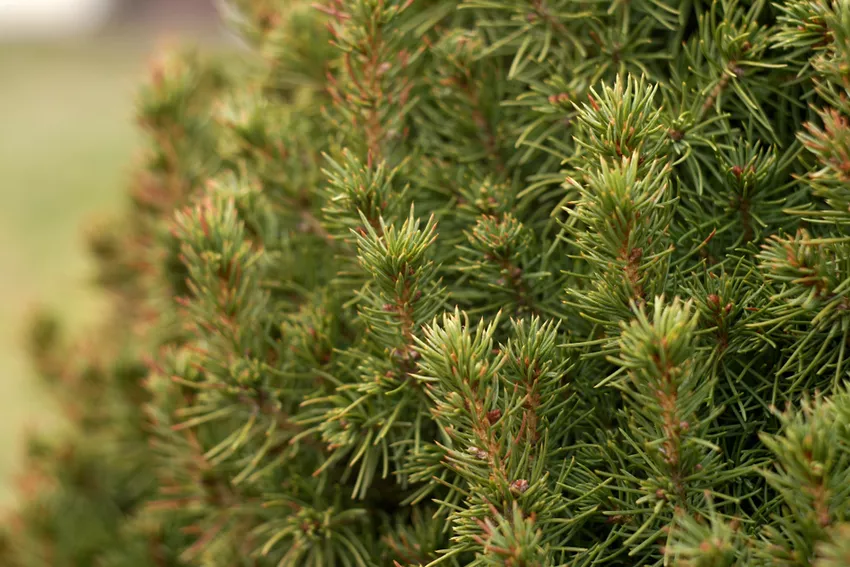- What pests are found on yew trees?
- Identify and fight scale insects
- Treatment for lice infestation
- Fight vine weevil
- How to fight gall wasps
As a native coniferous tree, the yew is very well adapted to our conditions and copes very well with pests, fungal infestation and diseases. Occasionally an infestation by pests can occur, especially in an unfavorable location. How to recognize and control yew pests.
 Lice don't stop at the poisonous yew tree either
Lice don't stop at the poisonous yew tree either
What pests are found on yew trees?
- scale insects
- lice
- dyke weevil
- gall wasps
Basically, it can be said that a healthy tree that is well cared for can easily cope with a pest infestation on its own. The unwanted guests can only cause damage if the yew is in an unfavorable location or does not receive sufficient care.
Identify and fight scale insects
Scale insects cannot be seen with the naked eye. If the needles turn yellow or brown or fall off, you should always check the yew for scale insects. If there are ant trails on the tree, an infestation is likely.
Only biological control measures such as the use of parasitic wasps (€22.99) and removing the ant streets help against scale insects. Severely affected branches should simply be cut and burned if possible.
Treatment for lice infestation
You can see lice with the naked eye. Lacewings and ladybirds are suitable biological controls. Insecticides can also be used here.
Fight vine weevil
Vine weevils live in the ground and eat the needles at night. These pests are very difficult to control. In the case of a heavy infestation, we recommend the use of nematodes, which you can obtain from specialist retailers. These nematodes eat the larvae of the vine weevil.
How to fight gall wasps
If the needles become discolored and deformed, gall wasps can be to blame. Here it is advisable to radically cut off the affected branches of the yew. The use of biological agents such as parasitic wasps is only advisable if the infestation is not too severe.
Branches infested with gall wasps should not be composted, but disposed of with household waste or burned.
When cutting, make sure that neither needles nor other parts of the plant get on the bare skin. The poisonous plant sap can cause inflammatory reactions.
tips
Diseases hardly ever occur on yew trees. If the yew looks sick, loses needles or is generally ailing, it is usually due to the wrong location or the water supply.